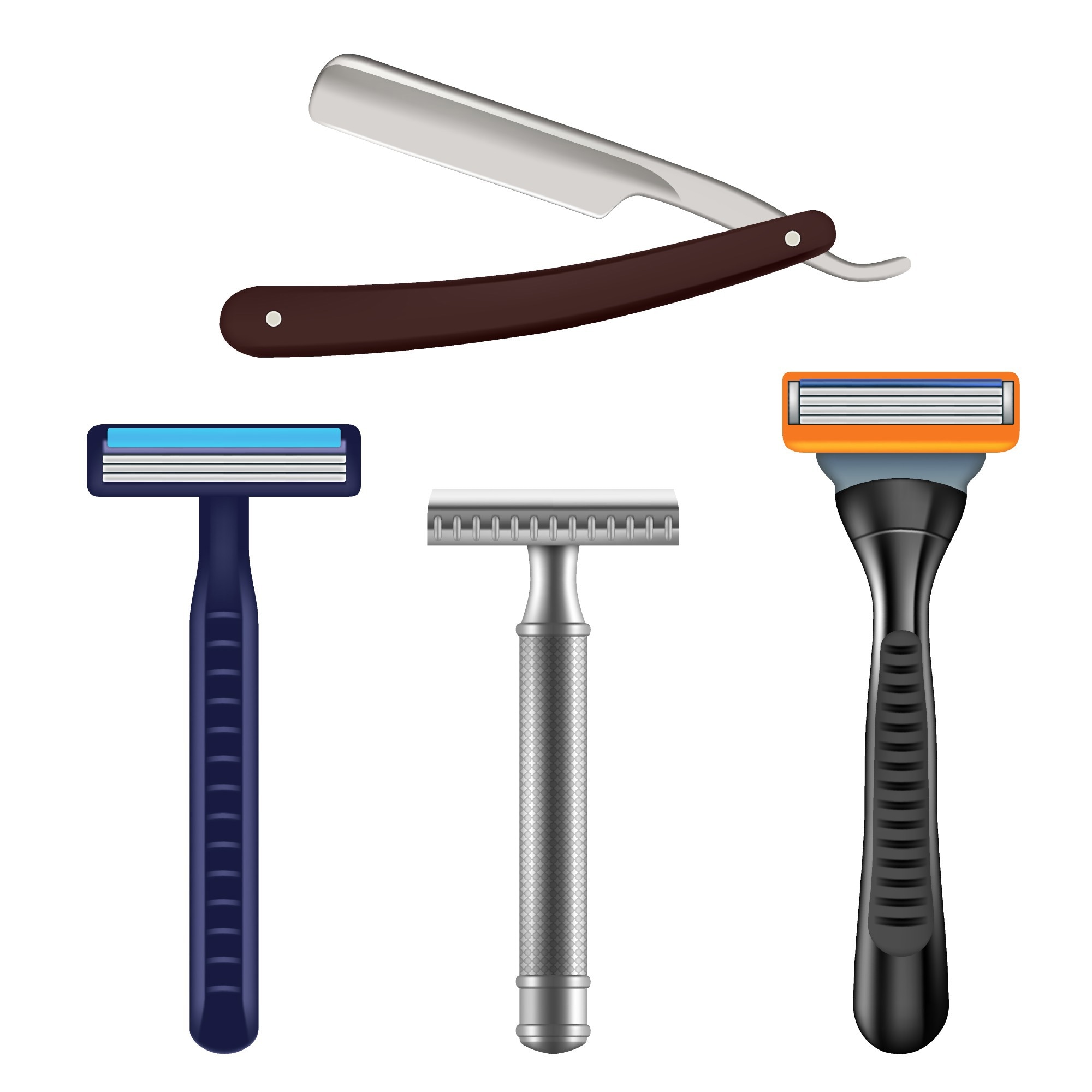Maintaining that clean-shaven look can be laborious and not to mention expensive; the cost of disposable razors and razor blades soon adds up over the years. However, the lifetime of a blade could be lengthened using nanotechnology, lasting years, not weeks.

Image Credit: Siberian Art/Shutterstock.com
Diamond Shaving Blades
In the 1980s, German company GFD (Gesellschaft fuer Diamantprodukte) began using a new method to create diamonds in the thinnest of layers artificially at a reasonable cost. In a technological breakthrough – the exact details of which are still kept hush-hush – GFD researchers deposited a nanocrystalline synthetic diamond coating on a tungsten carbide blade.
The blades, which are a little heavier and darker than typical commercially-available ones, then undergo plasma sharpening. The jeweled coating applied to the carbide blade is polished in an innovative polishing method until the cutting edge is just a few nanometres thick.
Their work combined the hardest material in the world with the sharpest possible cutting edge to yield a super sharp blade that would outlast conventional razor blades on the market by 1,000 times. The diamond-tipped blades are as smooth as a regular razor, with a rounded edge of around 50nm.
GFD has been selling blades coated with this nanoscale diamond for industrial purposes – medical scalpels and instruments for cutting plastic sheeting – for many years, but in 2010 took the decision to seek out commercial business partners to bring such razors to the shaving blade market. The shaving blades – sold under the brand name Diamaze PSD - are likely to be more expensive to purchase initially, but work out more cost-effective in the long term.
Shaver Blades From Silicon
Meanwhile, researchers from the University of California, Davis have founded a start-up company following a serendipitous discovery while making solar cells from silicon wafers. The team was etching the wafers to create thin vertical walls standing up from the surface, but following the production of a few erroneous walls, they discovered the walls were incredibly sharp and could be mounted and used as blades.
The start-up, Nano-Sharp, plan to use these silicon wafers to make shaving blades and surgical tools more cost-effectively than current blades. The cutting edge of their shaver blade is a few atoms thick, with a sharpness approaching that of diamond. In a patented process, the blade is created across the surface of the wafer rather than by sharpening the edge of a silicon wafer like conventional silicon blades. The researchers believe the blades performance can be improved using technology developed by the semiconductor industry over the last 50 years.
Commercially Available Nano-Enhanced Shaving Blades
So, what is available on the market at the moment?
- Philips have launched the Shaver S 9000 Prestige, an electric razor with NanoTech precision blades. The shaver blades have reportedly been strengthened with nanoparticles, making them extra strong with long-lasting edges.
- It seems that well-known razor company Gillette was producing the FX razor at one point, which consisted of a blade coated in alpha diamond, a material produced at the atomic level which helped to keep the blade sharper for longer. However, it appears to no longer be on the market – perhaps the grooming population was not ready for a diamond-tipped shaving blade.
Conclusion
Men’s grooming products – and ladies too, in fact – have progressed significantly since their initial conception, and with the growing input of nanotechnology not just in this area but many others too, it is likely that they will continue to change and develop.
A super-sharp shaving blade that lasts much longer than currently available blades would be a lovely benefit for the wallet but, unfortunately, will not prevent the laborious and tedious nature of shaving.
References and Further Reading
The science of a sparkling shave
GFD
Cutting edge razor blade gets even sharper with diamonds
Cutting edge start-up aims for nano-close shave
Philips launches adaptive personalized consumer health solutions at IFA 2018
Philips Shave S9000 Prestige
Disclaimer: The views expressed here are those of the author expressed in their private capacity and do not necessarily represent the views of AZoM.com Limited T/A AZoNetwork the owner and operator of this website. This disclaimer forms part of the Terms and conditions of use of this website.